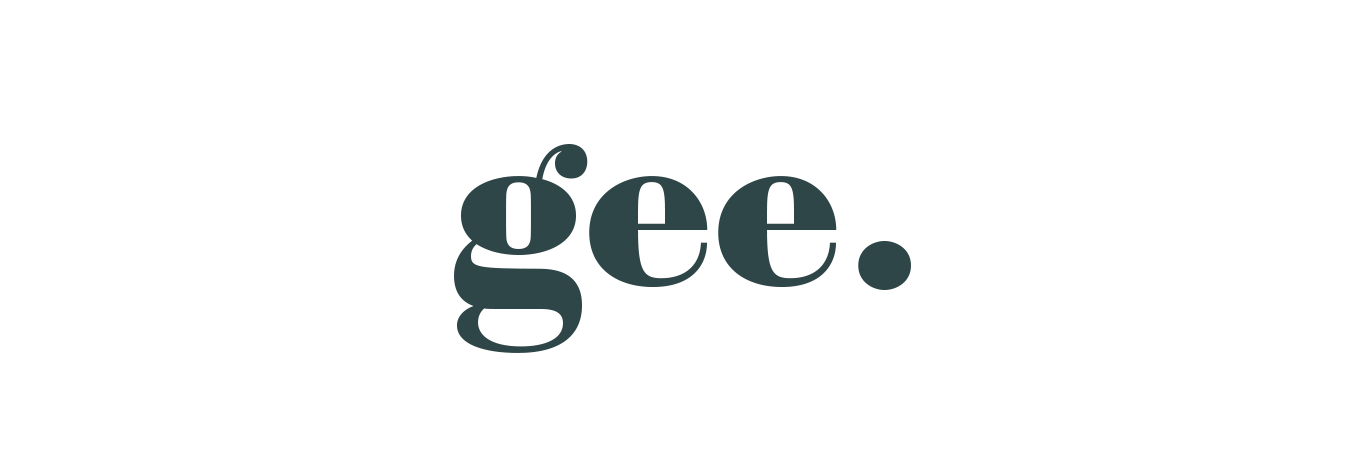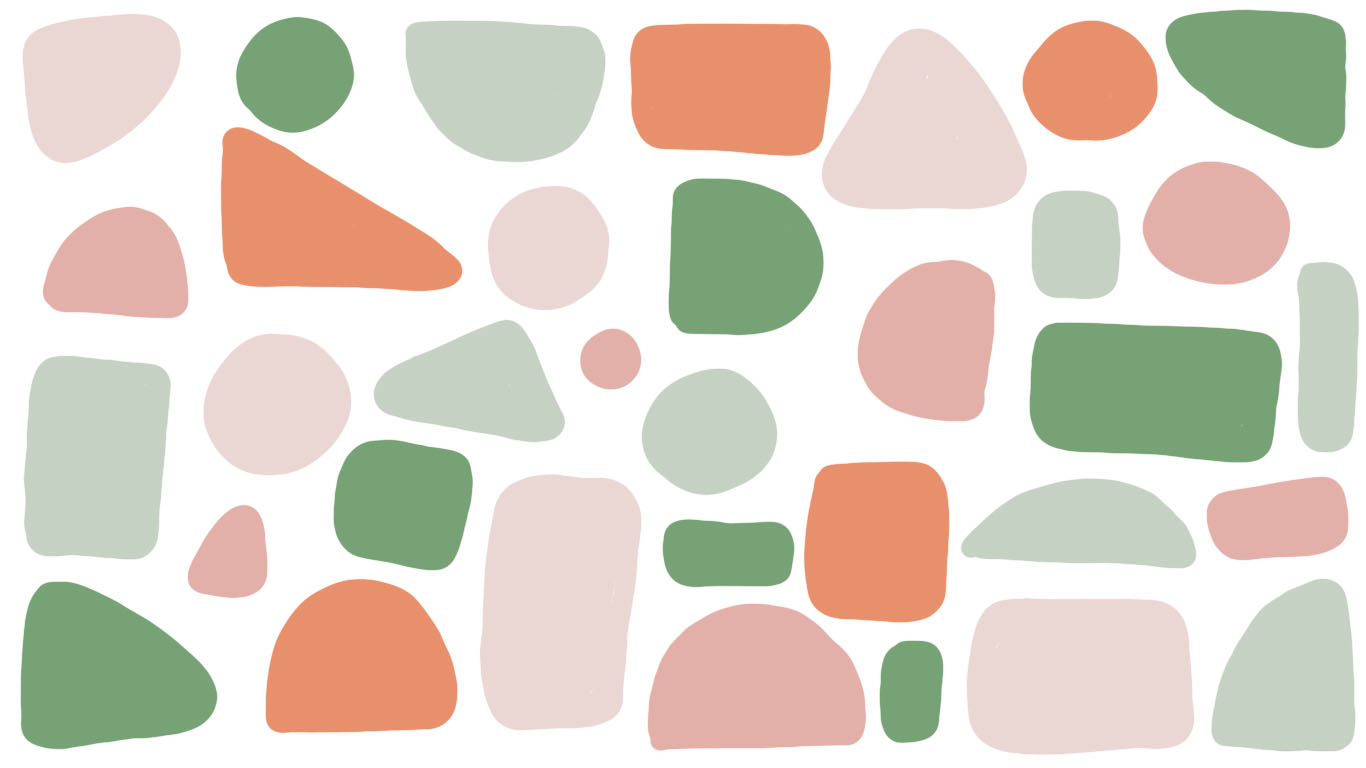

When it comes to designing whether it be an advertisement spread, a logo, or anything in between colour plays a huge part in how that design is interpreted by your audience both consciously, and unconsciously. Understanding colour psychology is a key part in providing you with the skills to be a successful graphic designer.
that can evoke reactions, call to action, and emotion without using words and the first step to ensure your designs are depicting an appropriate tone, is to understand the psychological characteristics of the main hues.
The most important question you need to ask yourself before beginning work is – what emotions do you want to evoke with your design?
Knowing how to use colour to speak to your audience and portray an accurate brand personality to your piece is key to being a successful designer. Of course there are an array of colours to choose from, but the bare bones of design and capturing your target audience begins with your logo .
What emotions do you want
to evoke with your design?
Colour psychology is the study and understanding of hues and their influence as a determinant of human behaviour. Colour has the power to influence perceptions and evoke certain physiological reactions in people such as increased blood pressure, increased metabolism and eye strain. It is a powerful communication tool and learning how to implement hues correctly within your work is the foundation of design.
Understanding colour psychology is a key part
in providing you with the skills to be
a successful graphic designer.
assertive / powerful / energetic
Red is quite possibly the most energetic colour in design. Like all of the warmer colours, red adds energy and vibrance to your design, drawing people in and capturing their attention. Red can also increase appetite which is why you’ll perhaps have noticed a lot fo fast food establishments such as KFC, Nando’s, etc use red in their logos.
It is also used for buttons and click throughs within websites, apps, etc as it has been shown to reduce analytical thinking and intensifies our reactions drawing the audience to key features amongst the see of body copy.
Red is an extremely strong colour which tends to also evoke passionate feelings – both love, and hate. It is also associated with power and danger. It is best used as accent colour rather than the main focus and should be used intentionally and sparingly for branding purposes or you risk it completely overpowering your design.
playful / energetic / youthful
Orange, like all of the warmer shades exudes that energetic vibrancy combining the enthusiasm of red and the bright energy of yellow in a slightly more more subdued way. Orange works works well with cooler colours and is a better choice over red if the designs calls for vibrancy and energy without the potentially aggressive symbolism that can sometimes come through with red. Consumers tend to associate orange with value due to its brightness eluding confidence, so a lot of brands will capilalise on this.
It particularly adds a nice balanced contrast with blue, a great example of this pairing would be Firefox.
happiness / positivity / optimistic
Yellow is quite a difficult colour to work with so it comes as no surprise that it is the least used hue in design. Because yellow is so bright, it is easily overused so in order to make yellow work harmoniously within a design, it is important to pair it with other colours that feed off the vibrance to balance the design. An example of this would be the IKEA logo, the yellow of the shape elements is balanced out by the blue which really works well.
While yellow is considered one of the warmest colours and the most associated with happiness, overuse of yellow can also add an anxious tone to the design which is why you don’t see this colour used in healthcare.
fresh / organic / clean
Green is one of the most commonly used colours in design representing new beginnings and growth. It has many of the calming attributes of blue but it also incorporates the vibrance and energy of yellow.
Green is the most dominant colour of nature and the organic feel make brighter shades popular for designs related nature, while darker shades such as emerald green represent stability and wealth.
spiritual / innovative / sophisticated
Turquoise is a fresh, optimistic shade which combines the organic abundance of green with the security of blue. It is an inspiring colour with strong ties to spirituality and recharging the spirit as well as energising and provoking positivity.
It suggests clarity and creativity when used correctly. It should be used intentionally and with care as it can also imply unreliability and a lack of grounded deliberation when used in the wrong context.
Turquoise is popular among brands centred around communication, media, education, and technology. It is also commonly used within the cleaning industry as the qualities of green make it less clinical.
tranquility / trustworthy / strength
Blue is the most commonly used colour in design. It is calming and the colour of clarity and communication suggesting stability and reliability. It is the most versatile of all shades and a foolproof hue for any context in design due to its traditional, non-threatening nature and environmental omnipresence.
Not only is it a risk free choice for branding in most settings, it is also a preferred choice when it comes to large areas as it stands out on its own without the need for other shades to tone it down.
wealth / luxurious / retro
Brighter purples combined with gradients and duo tones it can also create very retro designs while darker shades imply wealth and prosperity.
Purple combines the calmness of blue with the compassion of pink balancing well the masculine and feminine attributes of each hue. Purple is the colour of royalty and connotes wisdom, luxury and wealth.
compassionate / feminine / nurturing
Pink is often quite a challenge to work with due to its distinct stereotypical association with femininity and with branding, it is sometimes quite difficult for people to see past this. Pink is sophisticated and redolent of compassion, kindness and the colour of transformation.
It is best used in tandem with other shades to tone the brighter shades down as these can come across too strong otherwise. Bright pinks embody the same level of boldness as red and are incredibly well suited for creative and nonconformist endeavours. Lighter pinks exude the most kindness and compassion and are often overlooked in design.
Bright pinks embody the same level of boldness as red and are incredibly well suited for creative and nonconformist endeavours.
natural / historic / modest
Brown is a solid, reliable choice for branding, its positive implications including warmth, reliability, authenticity and seriousness. It is friendly yet sophisticated and is a preferred choice in situations where black is too stark or serious as brown incorporates the hues red and yellow attributing to a warmer, softer tone.
I particularly love brown paired with other earthy tones, it creates a sophisticated, organic balance.
sleek / formal / intelligence
Grey is the only colour which doesn’t have a particularly overt psychological characteristic. It’s modern and sophisticated and is a popular choice for luxury brands. The fact it doesn’t subconsciously instil a particular emotional response doesn’t take away the potential for it to be powerfully suggestive.
Grey, like yellow needs to be balanced carefully as while it has strong relations to power and intelligence when used correctly, it also has the potential to be quite ominous when not balanced harmoniously with other hues. It has a powerful effect on colours paired with it and works well to balance shades where white is too strong within negative space.
It is solid, reliable but when unbalanced, has the potential to result in a weak, depressing design.
Grey is the only colour which doesn’t have a particularly overt psychological characteristic.
classy / dramatic / timeless
Black is perhaps the most timeless and psychologically powerful colour choice when it comes to branding. It’s dynamic, elegant and effortlessly stylish. It pairs well with pretty much any hue and is a foolproof colour for almost any design.
Again, balance is key as with any design but more often than not – you rarely go wrong with black.
purity / neutral / simple
Like black, white is extraordinarily timeless within branding and there is rarely a time when white doesn’t work well within an element of a design. It implies cleanliness, purity and sterility so alongside blue it works well in healthcare settings. The sleek simplicity and association with marriage and weddings make white a staple within the bridal sphere too.
It is modern and sophisticated and when used with intention it can create a sense of freshness and new beginnings.